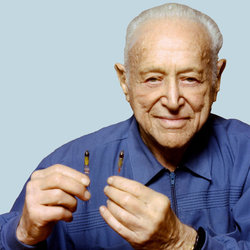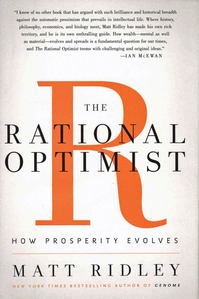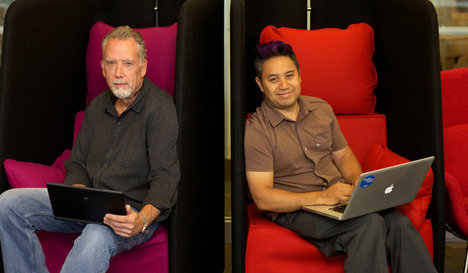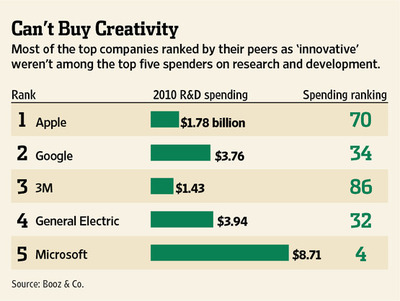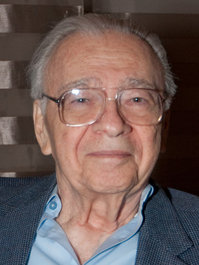(p. 78) The most striking case of technological regress is Tasmania. Isolated on an island at the end of the world, a population of less than 5,000 hunter-gatherers divided into nine tribes did not just stagnate, or fail to progress. They fell steadily and gradually back into a simpler toolkit and lifestyle, purely because they lacked the numbers to sustain their existing technology. Human beings reached Tasmania at least 35,000 years ago while it was still connected to Australia. It remained connected – on and off – until about 10,000 years ago, when the rising seas filled the Bass Strait. Thereafter the Tasmanians were isolated. By the time Europeans first encountered Tasmanian natives, they found them not only to lack many of the skills and tools of their mainland cousins, but to lack many technologies that their own ancestors had once possessed. They had no bone tools of any kind, such as needles and awls, no cold-weather clothing, no fish hooks, no hafted tools, no barbed spears, no fish traps, no spear throwers, no boomerangs. A few of these had been invented on the mainland after the Tasmanians had been isolated from it – the boomerang, for instance – but most had been made and used by the very first Tasmanians. Steadily and inexorably, so the archaeological history tells, these tools and tricks were abandoned. Bone tools, for example, grew simpler and simpler until they were dropped altogether about 3,800 years ago. Without bone tools it became impossible to sew skins into clothes, so even in the bitter winter, the Tasmanians went nearly naked but for seal-fat grease smeared on their skin and wallaby pelts over their shoulders. The first Tasmanians caught and ate plenty of fish, but by the time of Western contact they not only ate no fish (p. 79) and had eaten none for 3,000 years, but they were disgusted to be offered it (though they happily ate shellfish).
The story is not quite that simple, because the Tasmanians did invent a few new things during their isolation. Around 4,000 years ago they came up with a horribly unreliable form of canoe-raft, made of bundles of rushes and either paddled by men or pushed by swimming women (!), which enabled them to reach offshore islets to harvest birds and seals. The raft would become waterlogged and disintegrate or sink after a few hours, so it was no good for re-establishing contact with the mainland. As far as innovation goes, it was so unsatisfactory that it almost counts as an exception to prove the rule. The women also learnt to dive up to twelve feet below the water to prise clams off the rocks with wooden wedges and to grab lobsters. This was dangerous and exhausting work, which they were very skilled at: the men did not take part. So it was not that there was no innovation; it was that regress overwhelmed progress.
The archaeologist who first described the Tasmanian regress, Rhys Jones, called it a case of the ‘slow strangulation of the mind’, which perhaps understandably enraged some of his academic colleagues. There was nothing wrong with individual Tasmanian brains; there was something wrong with their collective brains. Isolation – self-sufficiency – caused the shrivelling of their technology. Earlier I wrote that division of labour was made possible by technology. But it is more interesting than that. Technology was made possible by division of labour: market exchange calls forth innovation.
Source:
Ridley, Matt. The Rational Optimist: How Prosperity Evolves. New York: Harper, 2010.

